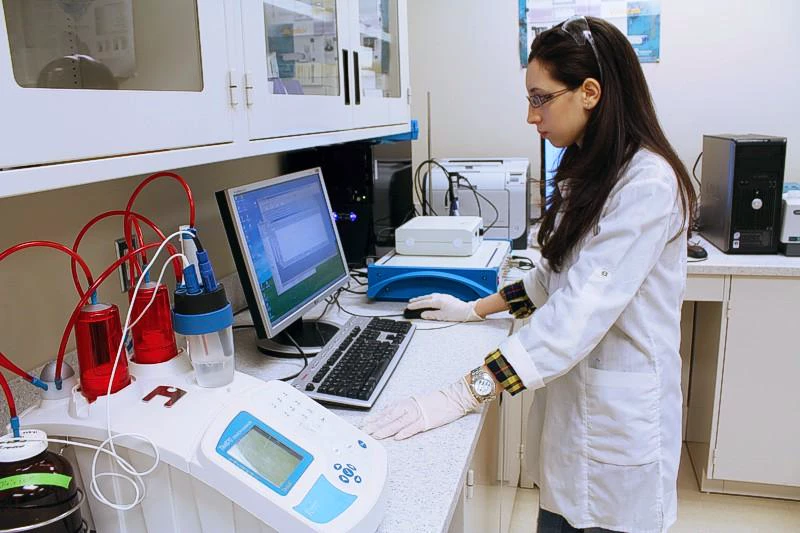One of the problems with microplastics pollution is the fact that the plastic particles are very small, and thus difficult to trap or neutralize when widely dispersed in water. That's why a new technique is being developed to eliminate them at their source, where they're highly concentrated.
Although waterborne microplastics can take many forms, a great deal of them consist of tiny fibers shed by synthetic fabrics as they're being washed. Those fibers leave homes or commercial laundry facilities in the sewage system, ultimately making their way out into rivers and the ocean.
Led by Prof. Patrick Drogui, scientists at Quebec's Institut National de la Recherche Scientifique (INRS) want to get ahead of the game by eliminating the fibers at laundry facilities, as soon as they enter the wastewater stream. This would involve utilizing a process known as electrolytic oxidation to generate hydroxyl radicals within the wastewater. Those radicals would break the fibers down into non-toxic carbon dioxide and water molecules.
In lab tests conducted utilizing a variety of reusable electrode materials, the researchers have so far been able to degrade up to 89 percent of polystyrene particles suspended in simulated wastewater. They now plan on testing the technology on genuine laundry wastewater, which may present some new challenges.
"Real water contains other materials that can affect the degradation process, such as carbonates and phosphates, which can trap radicals and reduce the performance of the oxidation process," says Drogui.
If those experiments do prove successful, the team will go on to determine the cost of the system, and its ability to be scaled up for commercial use.
A paper on the research was recently published in the journal Environmental Pollution.
Source: INRS




